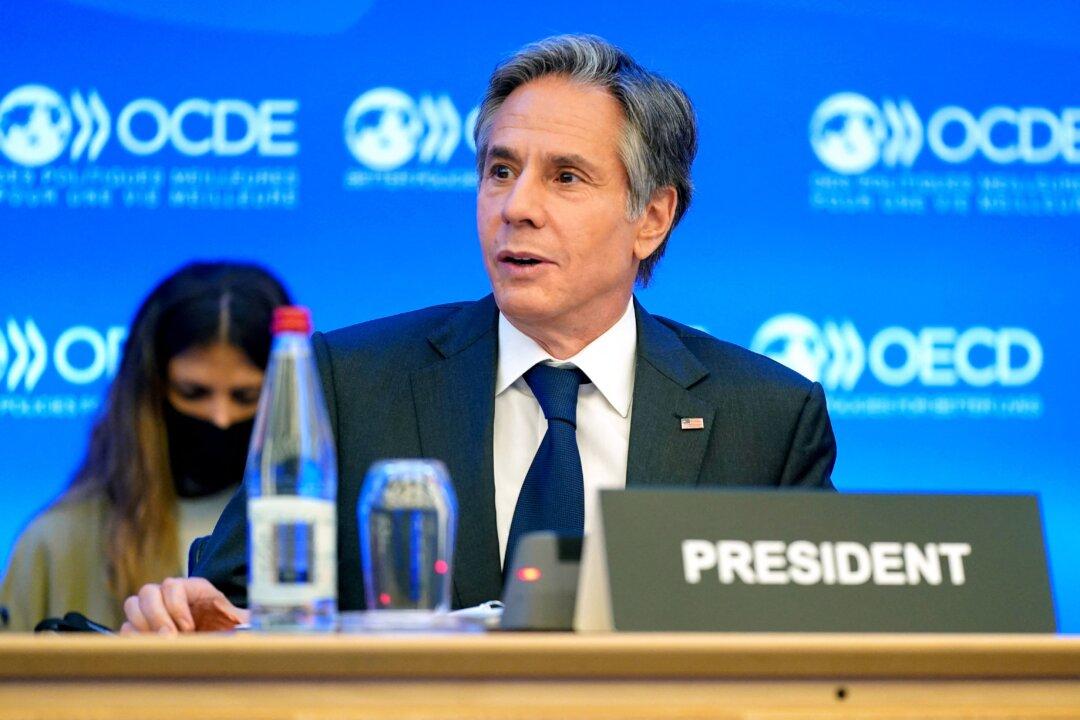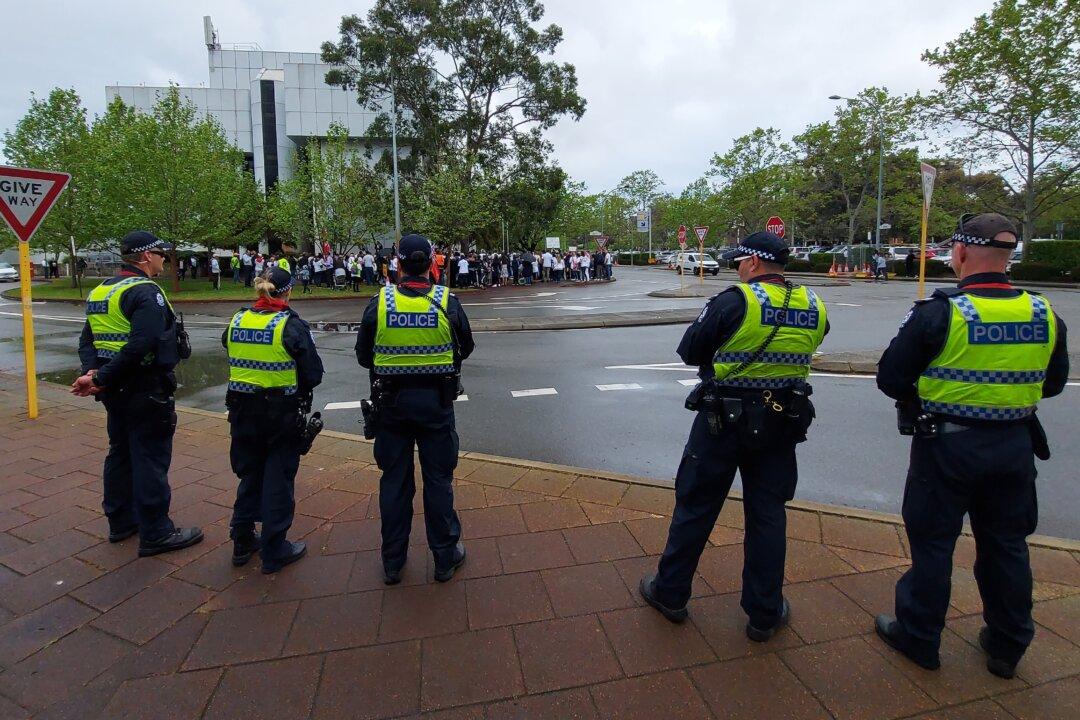U.S. Secretary of State Antony Blinken has put China’s Belt and Road Initiative (BRI) on notice after announcing that the U.S.-led Blue Dot Network would be seeking to help bridge the global infrastructure investment gap and establish a vehicle for market-driven and sustainable infrastructure projects.
“The Blue Dot Network seeks to help bridge the global infrastructure investment gap by establishing a globally recognised symbol of market-driven, transparent, and sustainable infrastructure projects,” Blinken said at the OECD conference in Paris.





